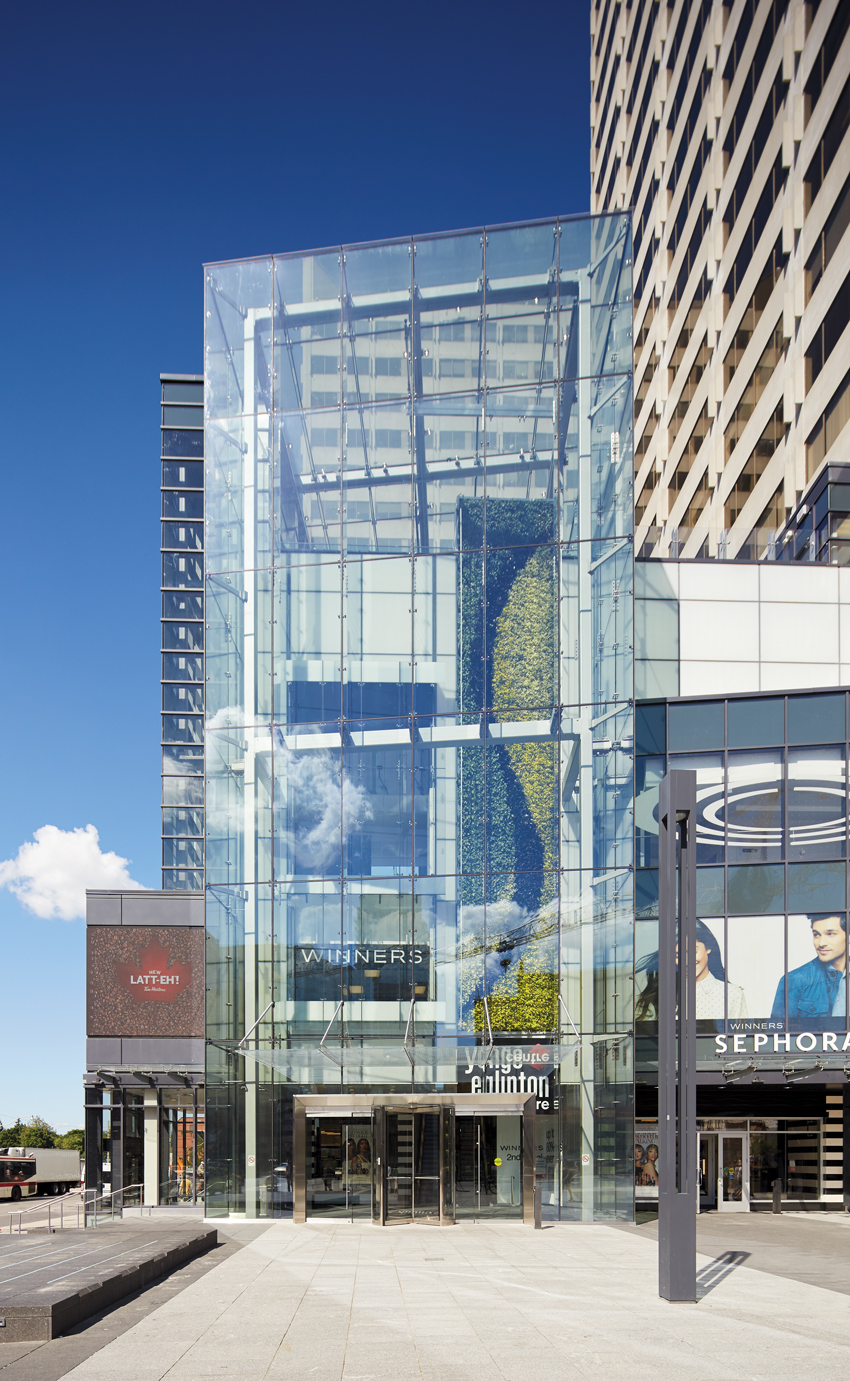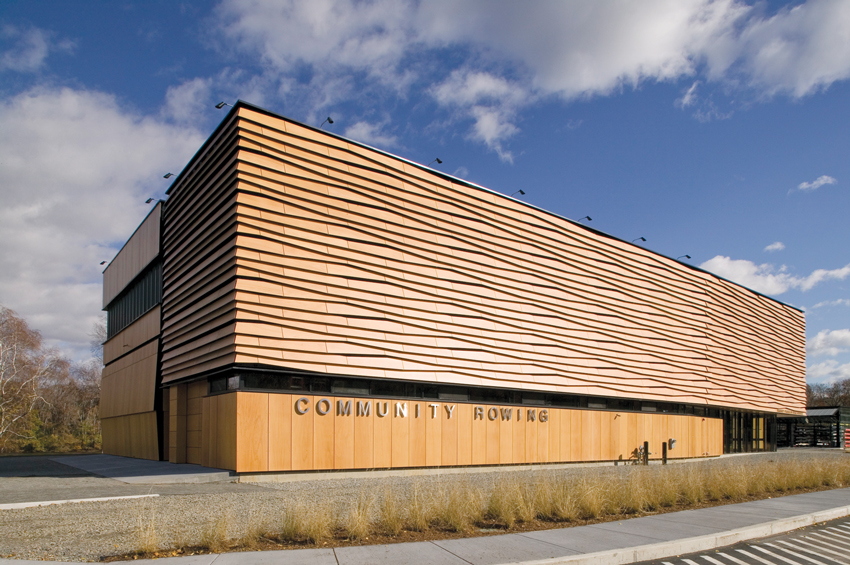First Impressions
Learning Objectives:
- Identify the various roles that the facade ideally plays within a well-designed building.
- Describe the main benefits and applications of aluminum, aluminum composite material, and structural steel cladding.
- Differentiate between the various glass facade systems, including stick-built curtain wall, unitized facades, point-supported structural systems, storefront, window wall, and entry systems.
- Explain how kinetic facade systems work and the benefits they bring.
Credits:
Serving as the very first impression to both building entrants and passersby, the building facade not only plays a major architectural and aesthetic role, but it significantly factors into a facility’s energy performance and sustainability.
Essentially serving as a building’s wrapping—be it glass, aluminum, aluminum composite, structural steel, or wood—an extensive array of shapes, colors, styles, and textures combine to present the building’s entry.

Photo courtesy of W&W Glass, LLC
A high-span glass cube entrance and curtain wall system clads the IBI Group-designed RioCan Yonge Eglinton Centre Complex in Toronto.
“The facade is of paramount importance in terms of building performance and is an important architectural element, ranking alongside building site and form,” confirms Mikkel Kragh, Ph.D., MSc, CEng, chairman, Society of Facade Engineering, Copenhagen, in an Intelligent Glass Solutions article titled “Facade Engineering & Design Teams of the Future.”
Shielding the building from the elements—i.e., rain, snow, wind, UV rays, insects, birds, etc.—the facade also serves as the building’s main protective layer, further underlying its importance within the overall building design.

Photo courtesy of EXTECH/Exterior Technologies, Inc.
A wood-faced operable paneled kinetic facade delivers an old New England aesthetic, along with high-quality superior insulation and ventilation, for the Anmahian-Winton Architects-designed Community Rowing’s Harry Parker Boathouse and Ruth W. Somerville Sculling Pavilion in Brighton, Massachusetts.
“The facade of a building is its first line of defense,” states Howard Zimmerman, owner and principal, Howard Zimmerman Architects, New York, in a Cooperator New York article, “Facades 101: The Partnership of Form and Function.”
“It is a raincoat for the building,” he continues. “It keeps the elements out and insulates, while at the same time serving a decorative purpose.”
Furthermore, Kragh points out that the facade can make up between 15 and 25 percent of total construction costs, in addition to accounting for a large percentage of a project’s technical and commercial risks.
That said, it’s essential to dedicate sufficient time to the design, development, fabrication, and installation of the facade system and all of its components.
For example, close coordination between the trades must occur in order to ensure a weathertight facade and high-performance thermal systems. Furthermore, the facade must successfully integrate with numerous building systems, including the structural design, daylighting systems, HVAC design, and the building’s overall energy efficiency, particularly in light of increasingly stringent energy codes.
“The facade is the filter between the climate outside and the conditioned space inside. It determines the appearance of the building, and its performance relies on appropriate specification, design, and delivery of a multitude of components and systems,” adds Kragh.
Embarking upon a new design, architects have a multitude of cladding options to choose from to meet these performance objectives while delivering an attractive aesthetic.
Notice

www.cladiators.com

www.crl-arch.com/entice

www.extechinc.com

longboardproducts.com

www.newmill.com

www.prodema.com

www.xtremetrim.com

www.keilanchor.com

www.wwglass.com









